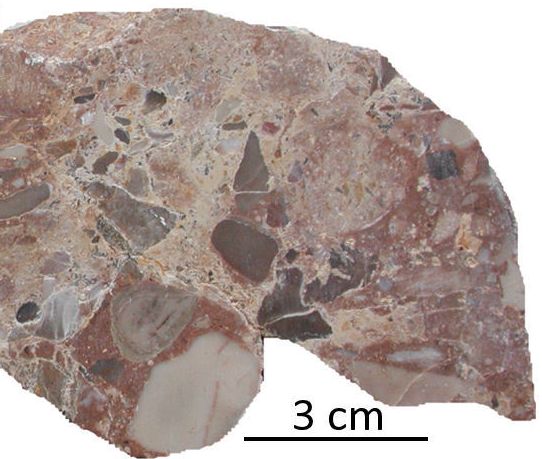Speleogeneza in sedimentacijska zgodovina paleokraških jam/votlin prežete cone; Podgrad, JZ Slovenija
DOI:
https://doi.org/10.3986/ac.vi.9945Ključne besede:
paleokras, jamski sedimenti, stabilni izotopi, plavajoči kalcit, Slovenija, PodgradPovzetek
Raziskovani paleokras se je oblikoval na dvignjeni periferni izboklini, ko so bili diagenetsko nezreli zgornje kredni karbonati dvignjeni nad morsko gladino in zakraseli. Kasneje je bil ta zakraseli del periferne izbokline ponovno potopljen pod morsko gladino, paleokraško površje pa prekrito z zgornje paleocenskimi do spodnje eocenskimi palustrinimi apnenci.
Na raziskovanem območju se pojavljajo podpovršinske paleokraške oblike značilne tako za prežeto kot neprežeto hidrogeološko cono. Kraške jame in manjše votlinice prežete cone kažejo značilnosti speleogeneze v območju mešanja meteorne in morske vode. Pojavljajo se v različnih nivojih glede na paleokraško površje, najgloblje približno 75 m pod njim. Jame in votlinice so razporejene v tri neizrazite horizonte, vendar se tudi med njimi pojavljajo manjše pore in kanali, ki so večinoma nastali ali so bili vsaj deloma preoblikovani z raztapljanjem. Vse omenjene votline različnih dimenzij so bile kasneje v prežeti in neprežeti hidrogeološki coni popolnoma zapolnjene z večinoma drobnozrnatimi sedimenti in sigami. Na splošno so bile votline prežete cone spodnjih dveh horizontov geopetalno zapolnjene s karbonatnim blatom, ki je nastal kot posledica nepopolnega raztapljanja prikamnine votlin, preostanki nad drobnozrnatimi sedimenti pa z grobozrnatim mozaičnim kalcitom. V tretjem horizontu zapolnjenih votlin, plitveje pod paleokraškim površjem, se nahaja tudi velika jama, ki je tudi nastala v prežeti coni. Ponekod v spodnjem delu vsebuje sigo, sicer pa je večinoma zapolnjena z rdečkastim karbonatnim mikritom v katerem so pogosta zrna, ploščice in svežnji plavajočega kalcita. V zgornjem delu velike jame postajajo sedimenti čedalje bogatejši z materialom, ki je bil v jamo presedimentiran s paleokraškega površja. Tudi kanale neprežete cone, ki ponekod sekajo sedimente velike jame, v glavnem zapolnjuje "pedogeni" material presedimentiran s paleokraškega površja. Neposredno pred morsko transgresijo preko paleokraškega površja so bile nekatere votline zapolnjene z morskimi mikroturbiditi. Na splošno se raznolikost jamskih zapolnitev in količina s površja presedimentiranega materiala zmanjšujeta z oddaljevanjem od paleokraškega površja. V območju raziskovane zakrasele sekvence kažejo vrednosti stabilnih izotopov ogljika in kisika tako prikamnine kot sedimentov večjih in manjših votlin dobro korelacijo s trendi, značilnimi za meteorno diagenezo. Pričujoča raziskava potrjuje, da sedimenti, ki zapolnjujejo jame in druge, manjše, votline prežetih hidrogeoloških con, lahko igrajo pomembno vlogo pri razumevanju speleogenega, geomorfnega in hidrogeološkega razvoja nekaterih paleokraških območij.
Prenosi

Prenosi
Objavljeno
Kako citirati
Številka
Rubrike
Licenca

To delo je licencirano pod Creative Commons Priznanje avtorstva-Nekomercialno-Brez predelav 4.0 mednarodno licenco.
Avtorji jamčijo, da je delo njihova avtorska stvaritev, da v njem niso kršene avtorske pravice tretjih oseb ali kake druge pravice. V primeru zahtevkov tretjih oseb se avtorji zavezujejo, da bodo varovali interese založnika ter da bodo povrnili morebitno škodo.
Podrobneje v rubriki: Prispevki




